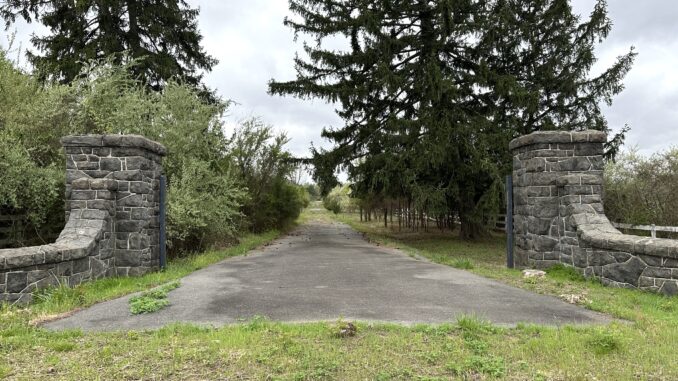
GATES TO THE PAST
By Chris Wadsworth
Every day, thousands of drivers heading east on Route 7 from Belmont Ridge pass a little piece of history tucked just off the busy highway. It’s sitting there for all to see if you glance to the right just before Claiborne Parkway exit. We’re talking about the long-abandoned gates leading to the Belmont Manor House – today the main building of the posh Belmont Country Club.
The low stone walls and pillars appear to be in good shape. While the metal gate hardware is still there, the actual gate leaves – the doors that swung open and closed – have been removed. It all stands at the foot of a long, crumbling drive that once led to the manor.
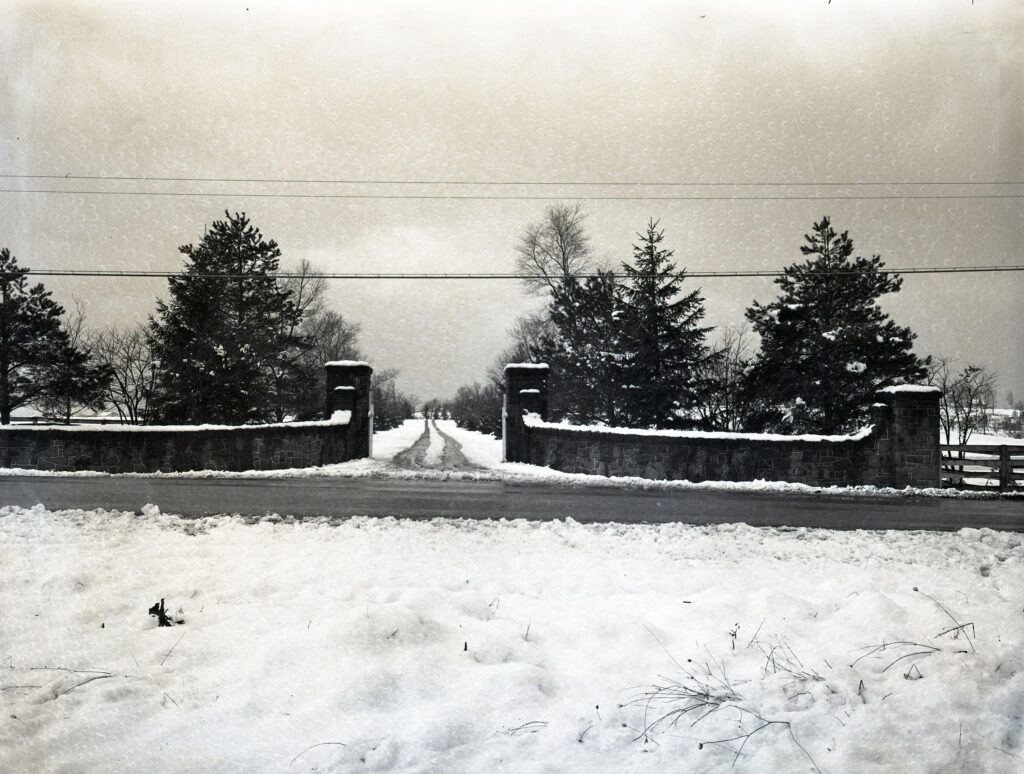
The exact date the gates were built may be lost to time, but we found a lovely photo taken in 1949 showing the gates in their prime. The photo comes from the Balch Library in Leesburg, which has a huge and wonderful collection of all things Loudoun history.
The Belmont Manor House dates to the late 1790s and early 1800s when it was built by Ludwell Lee, a prominent lawyer, landowner and farmer. Lee used enslaved laborers at Belmont and – as many Ashburn residents know – when they passed, the enslaved were buried just down the way in a cemetery at the intersection of Route 7 and Belmont Ridge Road, which still stands today as sacred ground.
“Gates, gardens, lanes and terraces were all employed to create a sense of an ordered landscape that displayed the owner’s wealth, taste and power. They focused attention on the house as the centerpiece of the plantation,” said Travis Shaw, director of education with the Virginia Piedmont Heritage Area. “There’s a psychological component there. Locals, whether free or enslaved, would encounter these physical barriers that served as a reminder of the power the planter had over them and their community.”
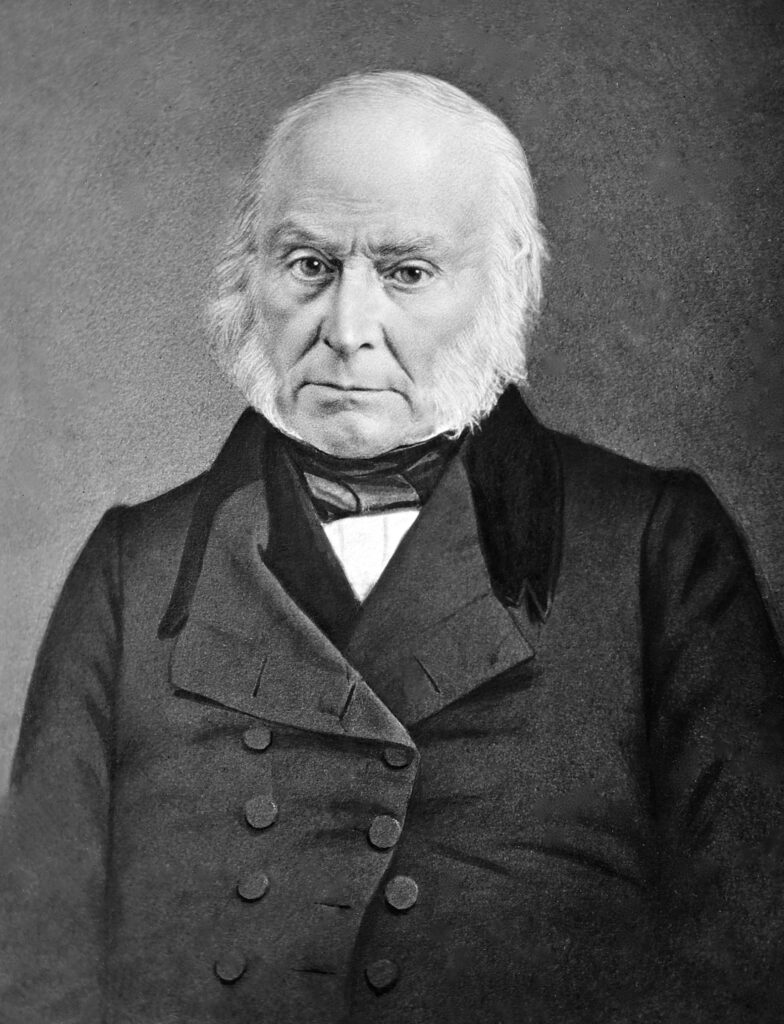
Famous visitors who once made their way up the path to the house (whether the gates were actually there at the time or not) include President James Madison, who sought refuge at Belmont during the War of 1812, and President John Quincy Adams.
The famous military leader General Lafayette, who played a major role in both the American Revolution and the French Revolution, visited the Belmont Manor House at least once in 1825 when he was touring the country for the 50th anniversary of the War of Independence.
Shaw says the general and President Adams had attended a big celebration in Leesburg and then stopped the next morning – Aug. 10, 1825 – on their way back to Washington.
“They left Belmont fairly early – 10 a.m. – and due to the extreme heat that day one of their horses actually dropped dead on the road, leaving the carriage stranded for several hours,” Shaw said.
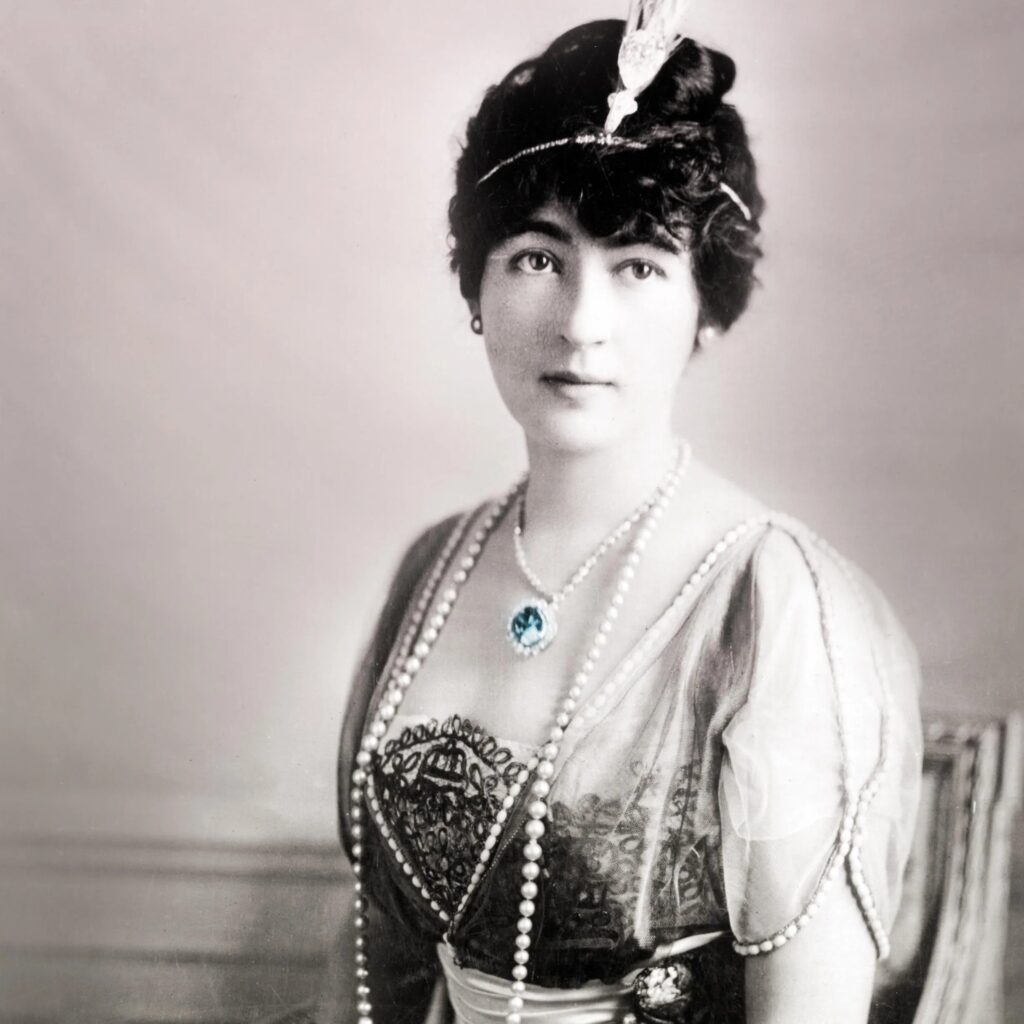
Flash forward to the early 1900s and the home was owned by Edward Beale McLean. At the time, he was the owner and publisher of the Washington Post. Socialite Evalyn Walsh McLean was his wife. Around 1911, the couple famously paid somewhere between $180,000 to $300,000 for the infamous Hope Diamond. (In today’s money, that would be anywhere from roughly $5.5 million to $9.1 million.) While fun to imagine, it’s unlikely the diamond was ever brought to Ashburn. It usually stayed in a secure vault under guard at the McLean’s Washington mansion.
At the time of the 1949 photo of the Belmont gates, motorists driving on Route 7 would have been able to turn directly off the roadway and into the property. At some point, Route 7 was turned into a “limited access highway,” meaning most access points to the road were closed, certainly including driveways to private properties such as Belmont.
Since then, it appears the gates have languished – season after season, year after year, decade after decade – as visitors to the manor house now enter via a security vestibule and private roads, all part of the Belmont Country Club neighborhood.
But when you drive by on Route 7, take note of the historic entrance. Think of the people who may have passed through it – the famous, the wealthy, the journeymen, the enslaved. It’s a piece of local history worth remembering.

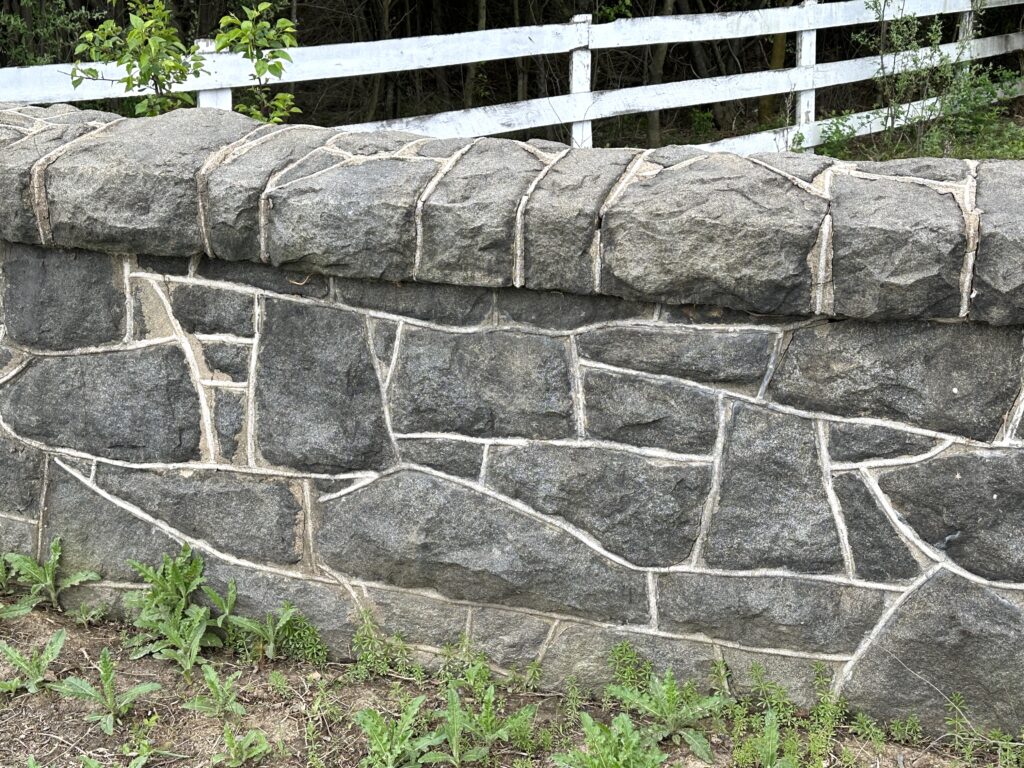
Don’t forget when Fairfax Hunt had two very successful steeplechase races at Belmont from 70s to 90s. When Toll Brothers bought Belmont the restored the mansion. But they just forgot about the entrance. I don’t remember the gates from late 70s.
excellent article